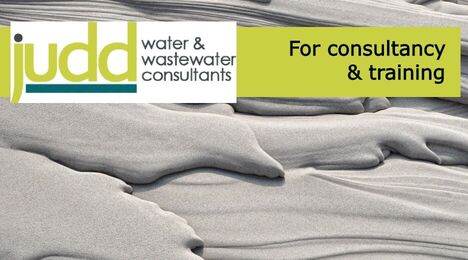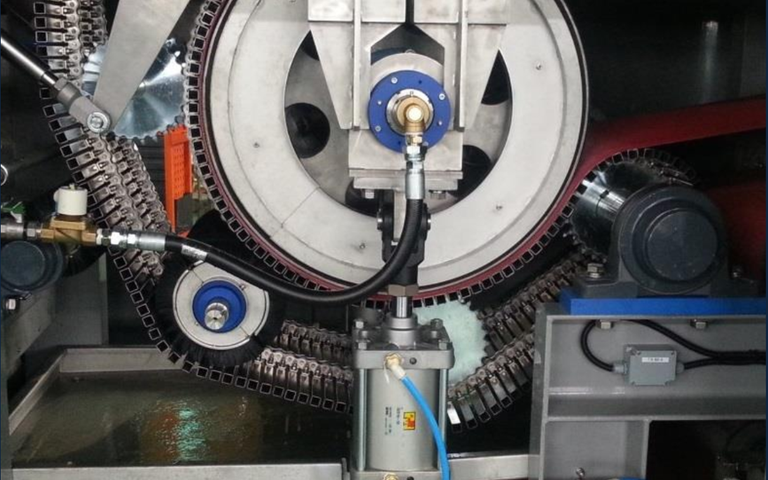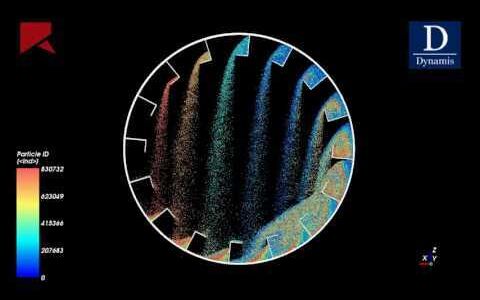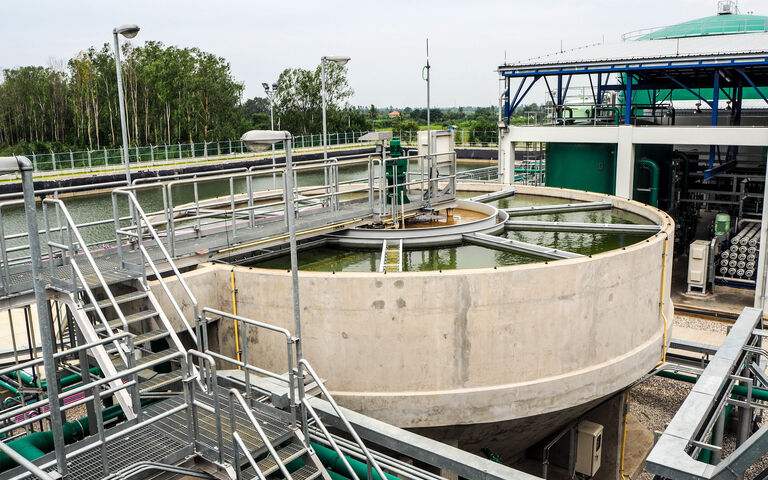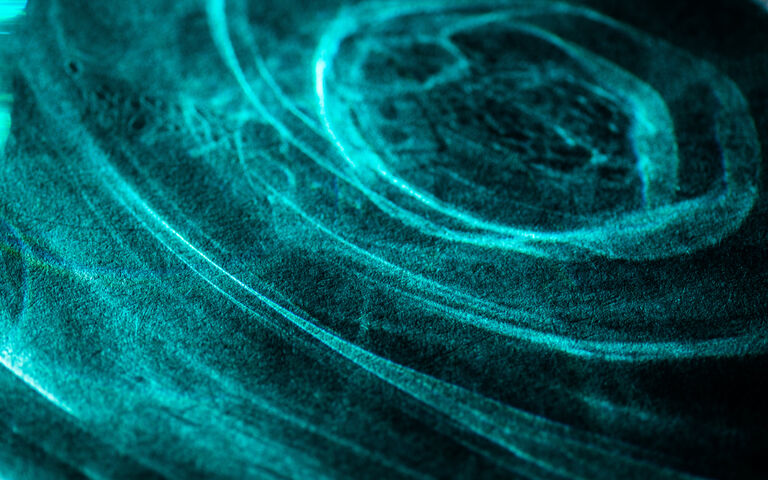Sludge treatment − sludge drying operation

Introduction to sludge drying
Sludge drying is intended to remove water, as opposed to destroying the solids as with a thermochemical process. In sludge drying, the solids temperature is generally kept between 60 and 93 °C. The air temperature is kept substantially higher than this solids temperature range to encourage water evaporation.
Under constant-rate drying conditions, the rate of water loss is proportional to:
- the wetted particle surface area
- the difference in temperature and water content between the drying air (i.e. its temperature and humidity) and the sludge surface, and
- the intensity of mechanical and gas agitation of the sludge particles.
The drying process is energy-intensive, demanding up to 1400 kWh energy per tonne of water evaporated, with values normally within the range 700–1000 kWh/t. Although energy consumption can be reduced by up to 20% using energy recovery, it represents a significant cost component of sludge processing and has to be mitigated by the dried sludge product added value.
In the case of incineration, the most common process for sludge destruction implemented downstream of a dryer, the latent energy (or calorific content in MJ per kg) of the sludge is recovered through combustion of the organic solids. The heat generated is recovered and converted to useful energy using combined heat and power engines. This generated energy more than offsets the energy required to dry the sludge to the point where it is usable for incineration.
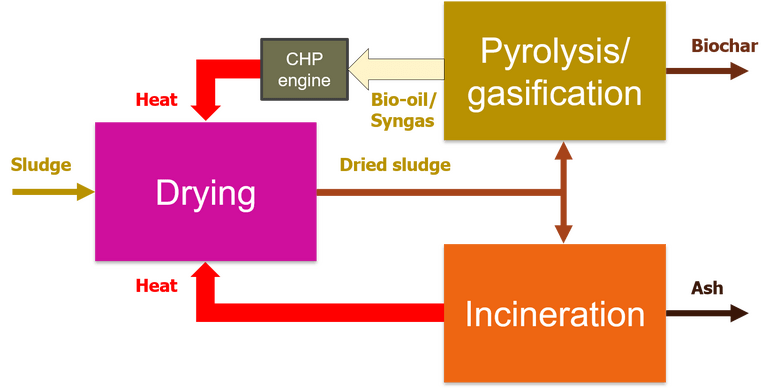
Since dryers employ predominantly thermal energy, potentially any source of heat can be directly used. This includes the biogas generated from anaerobic digestion (AD) though, unlike incineration, there is no requirement to thermally dry sludge upstream of AD.
The overall energy demand, in terms of kWh per tonne of DS sludge, is dependent on both the feed sludge water content and the thermal efficiency of the drying process itself. The feed sludge is almost always dewatered to as low a moisture content as possible mechanically and has a thick paste-like consistency. In this form, it can be chopped or macerated before being fed into the dryer as coarse, wet granules.
Sludge drying produces both gas and liquid waste streams. Any vented air requires treatment prior to discharge to remove dust particles and odour. Since it also retains some latent energy after use, it is often recycled back to the dryer following purification. Investing in heat recovery from this stream may also be economically viable for the more air intensive processes.

